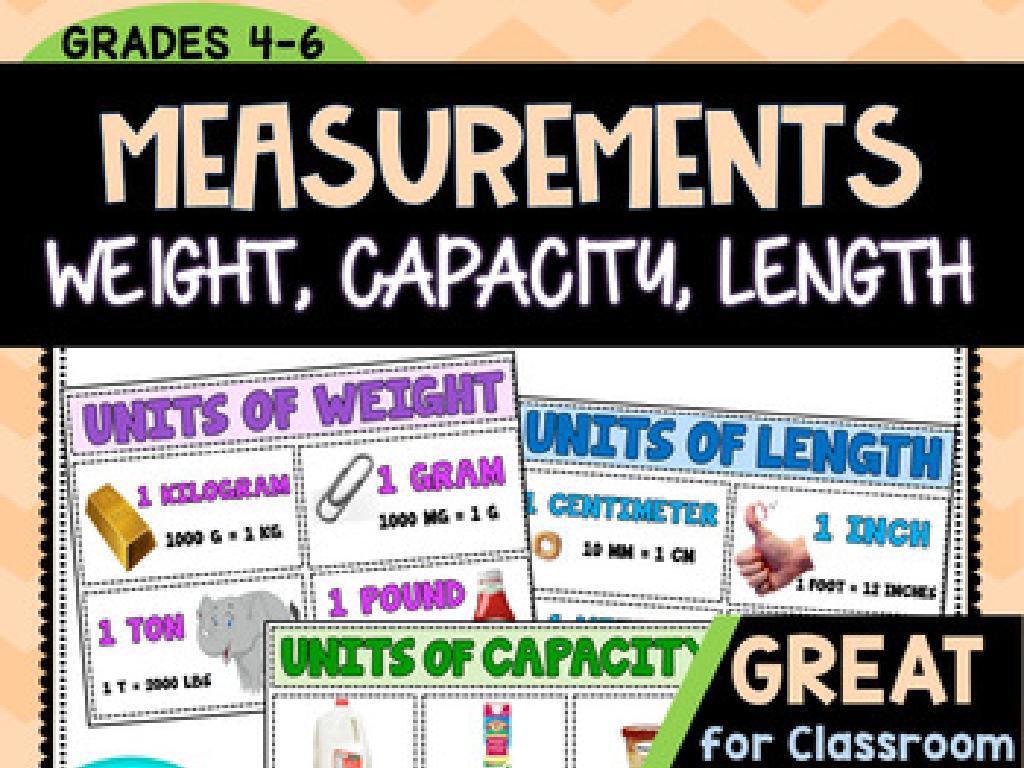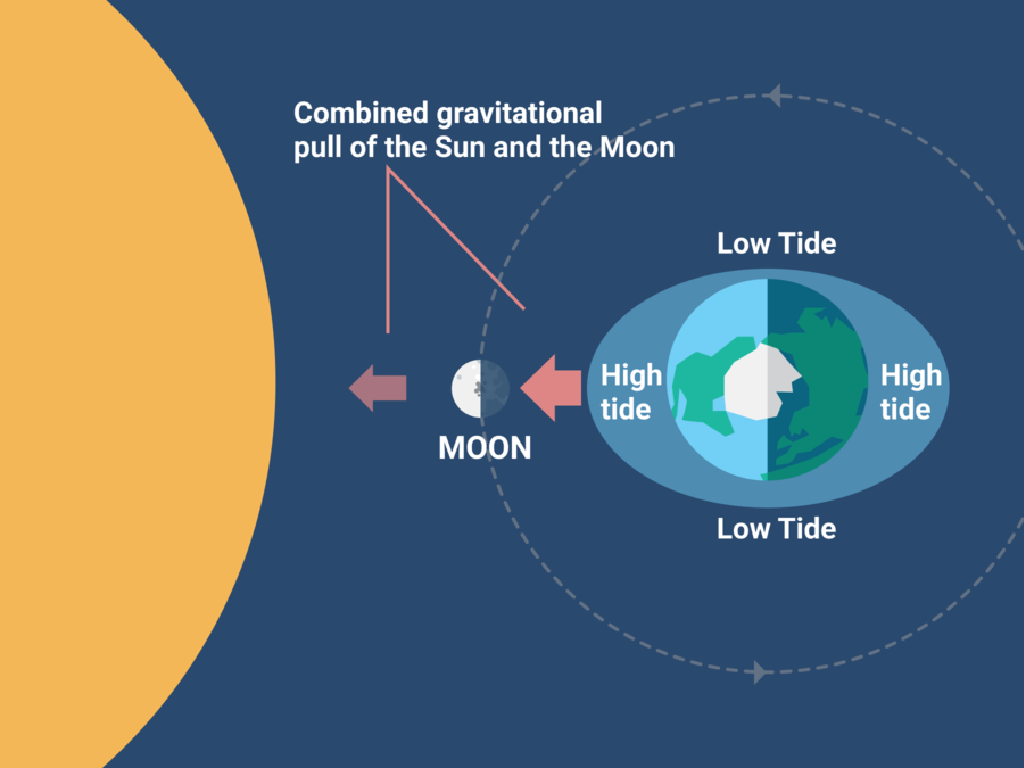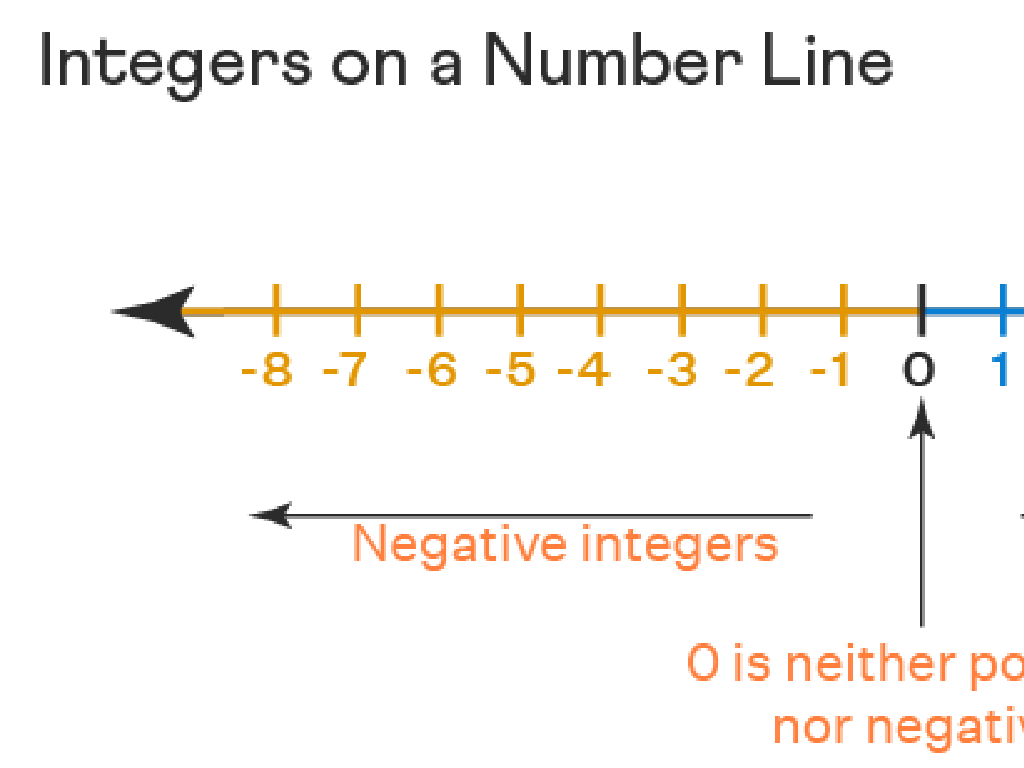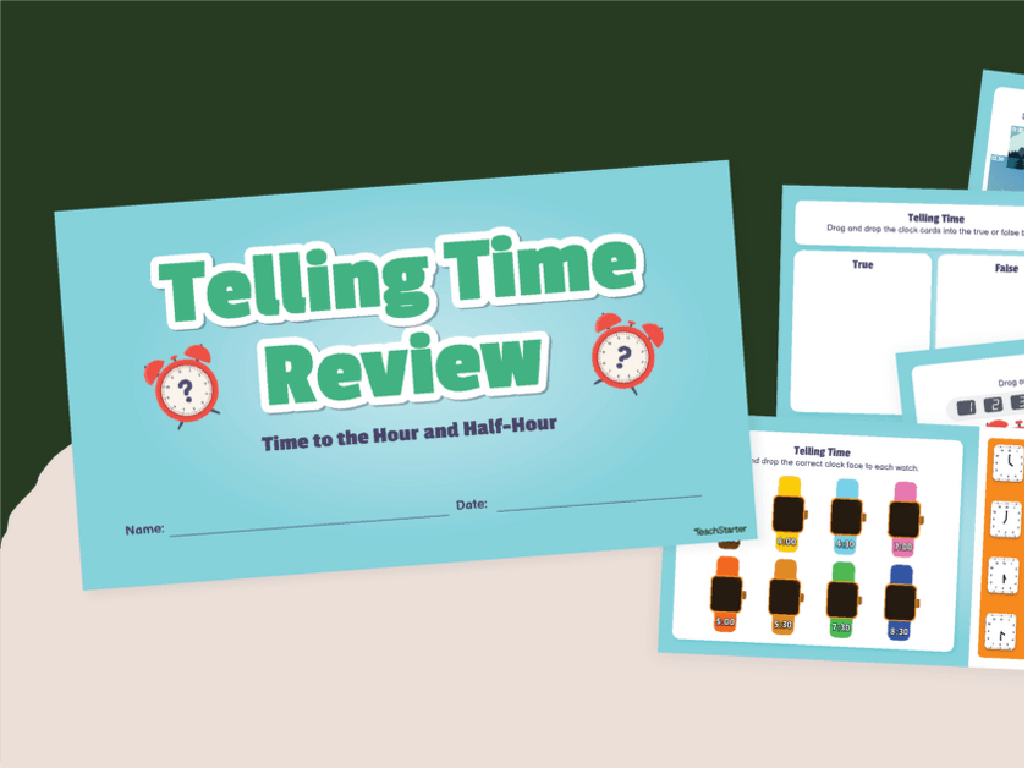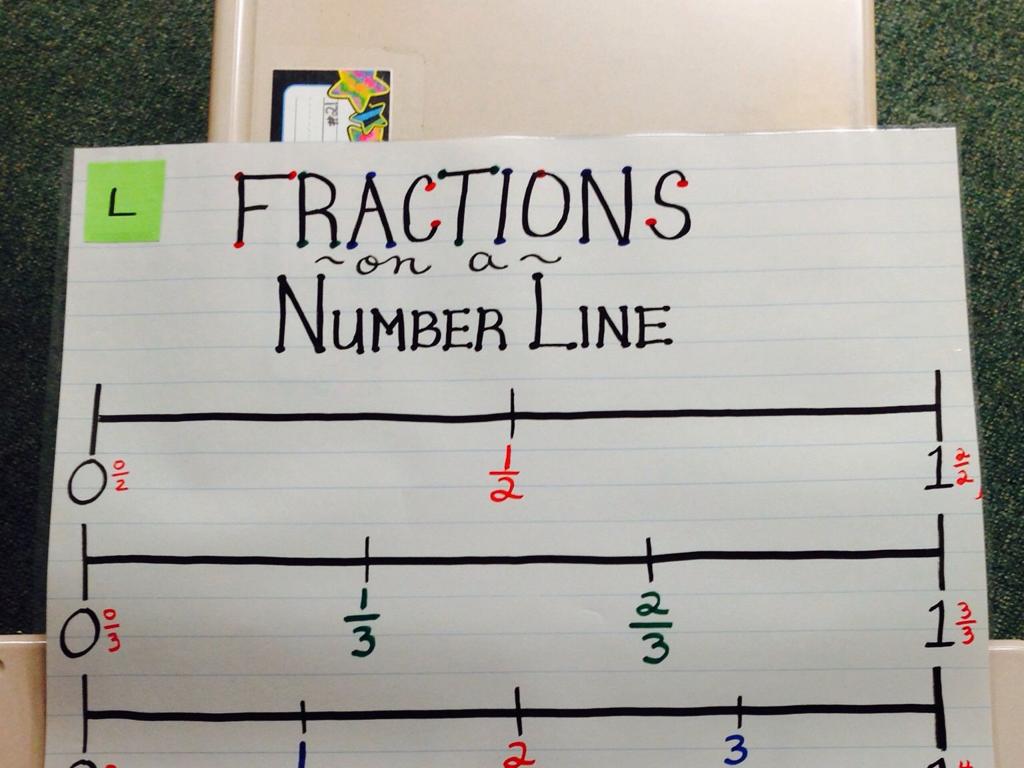Classify Figures Of Speech
Subject: Language arts
Grade: Seventh grade
Topic: Literary Devices
Please LOG IN to download the presentation. Access is available to registered users only.
View More Content
Exploring Figures of Speech
– What are Figures of Speech?
– Tools that give language depth and creativity
– The Power of Figurative Language
– Figurative language makes communication expressive
– Types of Figures of Speech
– Metaphors, similes, personification, etc.
– Enhancing Writing with Figures of Speech
– Figures of speech make writing vivid and impactful
|
This slide introduces students to the concept of figures of speech as a key component of literary devices. Figures of speech are tools that writers use to create a special effect or feeling by making some type of interesting or creative comparison. They are essential for adding color and depth to language. Students will learn how these devices can transform simple writing into something much more evocative and engaging. Examples include metaphors, which compare two things directly, and similes, which use ‘like’ or ‘as’ to compare. Personification gives human qualities to non-human things. Encourage students to think of examples from books they’ve read or to create their own. The goal is for students to recognize these figures of speech in literature and use them to enhance their own writing.
Exploring Figures of Speech
– Define figures of speech
– A figure of speech is a word or phrase used in a non-literal sense for rhetorical or vivid effect.
– Their role in literature
– They add depth and meaning to writing, making it more enjoyable and impactful.
– Examples: Metaphor, Simile, Personification
– Metaphor: comparison without ‘like’ or ‘as’; Simile: uses ‘like’ or ‘as’; Personification: giving human traits to non-human things.
– Practice identifying each
– We’ll look at sentences and identify which figure of speech is used.
|
This slide introduces students to the concept of figures of speech, which are a key component of literary devices. Start by defining what figures of speech are and discuss how they are used to create imagery and convey emotions in literature. Provide clear examples of a metaphor, simile, and personification, and explain how they differ from each other. Engage the class by providing sentences and asking them to identify the figures of speech used. This activity will help students understand the practical use of these literary devices and enhance their analytical skills when reading literature.
Similes – Comparing the Comparable
– Understanding similes with ‘as’ and ‘like’
– A simile compares two things using ‘as’ or ‘like’, e.g., ‘as brave as a lion’.
– Examples of similes in literature
– ‘Her smile was like the sun’ shows happiness through comparison.
– Activity: Craft your own simile
– Use your imagination to compare two unlike things in a creative way.
|
This slide introduces the concept of similes, a fundamental figure of speech used to compare two things that are alike in a specific way, using the words ‘as’ or ‘like’. Provide students with clear examples of similes from familiar texts or everyday language to illustrate the concept. For the activity, encourage students to think of two things they can compare and to create their own similes. This will help them understand how similes add depth and creativity to writing. Offer guidance on how to use similes effectively without overusing them. The activity will also serve as a fun way to engage with the material and apply their understanding in a practical exercise.
Metaphors – Beyond Similarity
– Understanding metaphors
– A metaphor is a direct comparison without using ‘like’ or ‘as’
– Metaphor vs. simile in literature
– Similes use ‘like’ or ‘as’; metaphors do not
– Examples of metaphors
– ‘Time is a thief’ – Time steals moments like a thief
– Activity: Simile to metaphor
– Turn ‘Her smile is like the sun’ into a metaphor
|
This slide introduces metaphors as a key literary device in language arts. Metaphors make direct comparisons between two unrelated things, suggesting they are the same in a way that is figurative, not literal. Unlike similes that use ‘like’ or ‘as’, metaphors do not. Provide students with examples from literature where metaphors are used effectively to convey deeper meanings. For the activity, guide students to transform similes they know into metaphors, reinforcing their understanding of the difference between the two. This exercise will help students recognize and use metaphors creatively in their writing. Encourage creativity and provide feedback on their transformations during the next class.
Personification: Bringing Objects to Life
– What is personification?
– Assigning human traits to non-human things
– Everyday language examples
– ‘The wind whispered through the trees’
– Classroom object personification
– Choose an object, give it human qualities
– Share and discuss creations
– We’ll present our personified objects
|
Personification is a figure of speech where non-human objects are given human characteristics. This literary device is used to create more relatable and vivid descriptions in writing. For example, saying ‘the wind whispered’ gives the wind the human ability to whisper. During the activity, students will select an object in the classroom and write a short description that personifies it. Encourage creativity and the use of vivid imagery. After the activity, students will share their work with the class, fostering a discussion on the use of personification in literature. This will help them understand the concept and recognize it in their reading.
Hyperbole – The Art of Exaggeration
– What is hyperbole?
– An extreme exaggeration used for effect, not taken literally.
– Spotting hyperbole in text
– Look for statements that are too extreme to be true.
– Activity: Exaggerate your day
– Write a few sentences about your day, but make it sound incredibly dramatic!
– Share and discuss with the class
– We’ll read some out loud and see who can be the most over-the-top!
|
Hyperbole is a figure of speech where exaggeration is used to create a strong impression, but not meant to be taken literally. It’s often used for humor or emphasis. Teach students to identify hyperbole by looking for descriptions that are clearly overstating reality. For the activity, students will write an exaggerated account of their day, which will help them understand how hyperbole can be used creatively. Encourage them to think of the most mundane events and describe them as though they were extraordinary. This exercise will not only reinforce the concept of hyperbole but also enhance their descriptive writing skills. Have a few students share their work to foster a fun and interactive learning environment.
Oxymoron and Paradox: Contradictory yet True
– Define Oxymoron and Paradox
– Oxymoron: two opposite ideas joined to create an effect e.g., ‘deafening silence’
– Examples: ‘Jumbo shrimp’, ‘Act naturally’
– Paradox: a statement that contradicts itself but still seems true e.g., ‘less is more’
– Activity: Spot Oxymorons in Slogans
– Look at slogans and identify any oxymorons used. Why do you think they were used?
– Discuss why they are effective
|
This slide introduces students to the concepts of oxymoron and paradox, both of which combine contradictory elements to reveal a deeper truth or create a memorable impact. Start by defining each term, using ‘jumbo shrimp’ as an example of oxymoron and ‘act naturally’ as a paradox. For the activity, provide students with a list of popular slogans and ask them to identify any oxymorons. Discuss as a class why these figures of speech are effective in conveying messages in a striking way. Encourage students to think critically about how these literary devices add depth to language and how they are used in everyday communication.
Classifying Figures of Speech
– Tips for identifying figures of speech
– Look for similes, metaphors, personification, etc.
– Class exercise with a poem
– Find and label figures of speech in a selected poem
– Discuss enhancement of meaning
– How do these figures of speech deepen the poem’s impact?
– Share findings and insights
|
Begin with a brief review of figures of speech, such as similes, metaphors, and personification. Explain that these are tools poets use to create imagery and convey emotions. For the class exercise, provide a poem and ask students to identify and label the different figures of speech they find. Discuss as a class how these literary devices contribute to the poem’s deeper meaning, making it more vivid and powerful. Encourage students to share their findings and the insights they gained about the poem’s message and emotional resonance. This activity will help students appreciate the artistry in poetry and improve their analytical skills.
Class Activity: Literary Device Challenge
– Group task: Craft a short story
– Incorporate various figures of speech
– Use metaphors, similes, personification, etc.
– Present your story to the class
– Class votes on creative uses
– Consider originality and cleverness in use
|
This activity is designed to foster teamwork and creativity while reinforcing the lesson on figures of speech. Divide the class into small groups and instruct them to write a short story that includes a variety of figures of speech such as metaphors, similes, personification, and others. Each group will then present their story to the class. After all presentations, conduct a class vote to determine which group used literary devices most creatively. This will not only help students understand the use of literary devices but also encourage them to appreciate the artistry in writing. Provide a list of figures of speech for reference and encourage students to be as imaginative as possible. Offer guidance and support as needed during the group work phase.
Wrapping Up: Figures of Speech
– Recap of figures of speech
– Homework: Craft a poem
– Use simile, metaphor, or personification
– Include 3 figures of speech
– Show creativity and understanding
– Remember: Practice is key!
|
As we conclude today’s lesson, remind students of the importance of recognizing and using figures of speech to enhance their writing. For homework, they are tasked with writing a poem that incorporates at least three different figures of speech, such as similes, metaphors, and personification. This will help them apply what they’ve learned in a creative context. Emphasize that the more they practice using these literary devices, the more skilled they will become in their writing. Encourage them to be creative and have fun with the assignment, and remind them to be prepared to share their poems in the next class.

